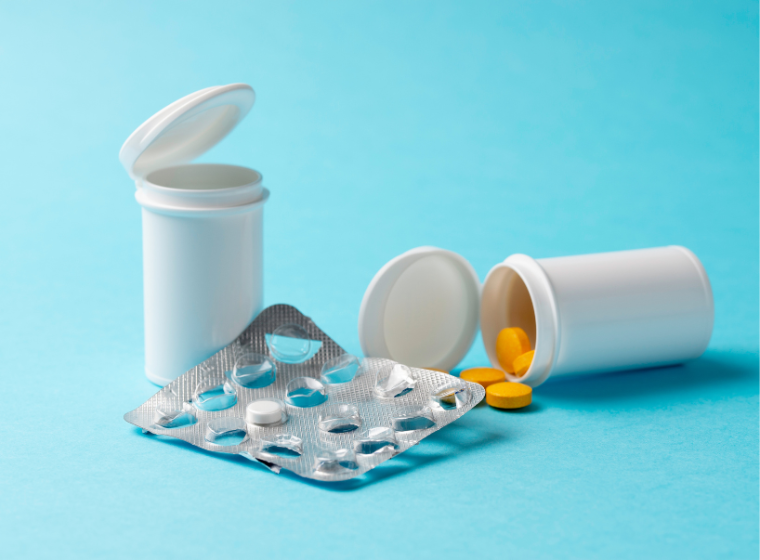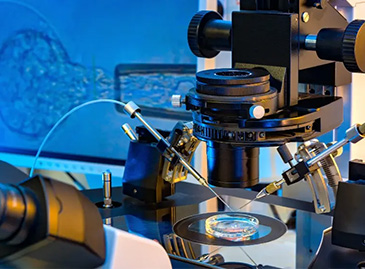
Why Do People Get Addicted to Opioids?
Opioid addiction has become a global public health crisis, affecting millions of individuals from all walks of life. Whether it starts with a prescription painkiller or with the use of an illegal drug like heroin, opioid addiction often begins silently and escalates quickly. But why does this happen? What makes opioids so addictive, and how can people recover from their grip? Understanding the reasons behind opioid addiction and how to treat it is the first step toward lasting change.
What Are Opioids?
Opioids are strong medications used to relieve pain. They include prescription drugs like oxycodone, morphine, codeine, heroin, and other illicit drugs, including fentanyl. Opioids can be useful for short-term pain treatment, such as following surgery or an injury, when taken as prescribed by a physician. However, they can also create a powerful sense of euphoria, which makes them highly addictive if misused or taken over a long period.
How Opioids Affect the Brain
Opioids impact specific brain and spinal cord receptors. Dopamine, a neurotransmitter associated with emotions of reward and pleasure, is released when it attaches to these receptors, blocking pain signals. Over time, the brain gets used to this artificial surge of dopamine and begins to crave more. Natural dopamine production decreases, and the person feels unable to feel pleasure without the drug. This cycle quickly leads to opioid addiction, even in individuals who began using opioids for legitimate medical reasons.
Why Do People Get Addicted?
There are many reasons someone may become addicted to opioids. For some, it starts with a doctor’s prescription. A patient recovering from surgery or living with chronic pain may take opioids for relief and, over time, develop a dependence without realizing it. Others may use opioids to cope with mental health struggles such as anxiety, depression, or past trauma. The temporary relief opioids provide becomes a form of self-medication. Unfortunately, this only masks deeper issues and leads to greater problems. Genetics can also play a role. Some people are biologically more prone to addiction. Environmental factors like poverty, family history of substance abuse, or exposure to peer pressure can increase risk as well.
How Fast Can Addiction Develop?
Opioid addiction doesn’t always take months or years to appear. In some cases, people can develop signs of dependence within just a few weeks, especially if they’re using high doses regularly. As tolerance builds, they may start taking more than prescribed, leading to dangerous behaviors and long-term addiction.
Signs of Opioid Addiction
Early detection of opioid addiction symptoms can have a significant impact. These may include:
- Higher dosages are required to provide the same effect
- Withdrawal symptoms when not using
- Loss of interest in work, school, or family life
- Secretive behavior or doctor shopping
- Mood swings, irritability, or anxiety
- Slowed breathing or drowsiness
If these signs are present, it’s important to seek professional help.
Understanding Tolerance and Withdrawal
The body develops a tolerance to opioids over time. This means the same dose no longer provides relief, leading users to take more and more. When they try to stop, withdrawal symptoms appear like nausea, chills, body pain, insomnia, and intense cravings. This uncomfortable and often painful process is a major reason why people find it hard to quit without help.
Treatment Options for Opioid Addiction
The good news is that opioid addiction is treatable. A combination of medical and psychological support offers the best chance of recovery.
Medical Detox
This is the first step, where the body clears itself of opioids under medical supervision. Detox can be physically and emotionally intense, so it's often done in a clinic or hospital setting.
Medication-Assisted Treatment (MAT)
Drugs like methadone, buprenorphine, and naltrexone help reduce cravings and withdrawal symptoms, allowing patients to stabilize.
Behavioral Therapy
Counseling and therapy (like CBT) help individuals identify the emotional causes behind their addiction and build healthier coping skills.
Drug Implants
For long-term recovery, drug implants such as naltrexone implants can be used. These small, subdermal devices release medication slowly over several months to block the effects of opioids and prevent relapse. They eliminate the need for daily pills or frequent injections and support people who are serious about staying clean.
Rehabilitation Programs
Inpatient or outpatient rehab centers provide a structured environment for long-term healing. They combine therapy, peer support, education, and medical monitoring.
Affordable Treatment and Cost in Turkey
Turkey has become a popular destination for opioid addiction treatment thanks to its modern facilities and lower costs. Clinics in cities like Istanbul offer detox, MAT, counseling, and drug implants in internationally accredited centers. At Istanbul Med Assist, patients receive personalized care from English-speaking professionals in a supportive, private setting. The cost in Turkey is much more affordable compared to treatment in Western countries without compromising on quality.
Can It Be Prevented?
Indeed, the likelihood of opioid addiction can be decreased by early psychological assistance, safe prescribing practices, and education. It can also help to promote open discussions regarding trauma, pain management, and emotional health.
Final Thoughts: Recovery Is Possible
A lack of resolve does not cause addiction to opioids. It is a neurological and physical ailment that is frequently brought on by pain, trauma, or untreated mental health conditions. With the right treatment, whether it's medication, therapy, drug implants, or support in a rehab setting, recovery is entirely possible. Help is available if you or someone you care about is battling opioid addiction. And if you're looking for compassionate, high-quality care at an affordable price, Turkey offers real hope for healing.







